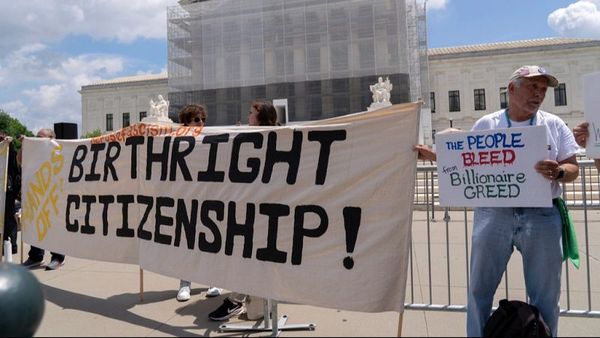
in Hamlet at the Almeida. Photograph: Manuel Harlan
Robert Icke is one of the most important forces in today’s theatre. He blew the dust from Oresteia and made 1984 newly penetrating. Now he and Andrew Scott give us a terrific modern-dress Hamlet. Full of ideas but not manacled to a concept. The originality is a question of pitch and pace and breath. It is as if the lungs of the play are different. Every moment of the text rings with significance.
Scott is convulsed with emotion on a small stage. From the beginning he is emphatic, tipping easily from fury into tears, a windmill of small gestures, pointing to his eyes when he talks of weeping. He is on the brink of being too much. But then Hamlet is too much – for himself. Scott, spilling over with emotion, continually moves in unexpected directions. Away from lucidity, towards illusion, and suddenly dipping into laconic humour. In an inspired moment, on the eve of his death he sends up the idea of his fitness as a fencer.
This is one of the least declamatory of Hamlet stagings. It has extraordinary conversational ease. These characters are members of a family as well as a dynasty. They are also – again unusually – in the grip of love. Gertrude and Claudius are intoxicated with each other. Entwined on a sofa, they have to be woken to receive an ambassadorial visitor. Ophelia flings herself into her loving father’s arms. Hamlet sobs on Ophelia’s shoulder.
Angus Wright is an exquisitely subtle Claudius, using his great height slowly to uncoil himself. Juliet Stevenson’s Gertrude is fervent and finely calibrated. As Ophelia, Jessica Brown Findlay actually makes the mad scene work. She is in a wheelchair, rigid-limbed and staring. There is no Scarborough Fair sweetness about her herb handouts. She hits herself; she hates her life.
Could this – given the unforgiving nature of the Almeida seats – be a little shorter than four hours. Possibly. Yet it is hard to see where, apart perhaps from the extended dumbshow, it would profit from a tuck. Could it be more three-dimensional and searching? Scarcely.

Dylan songs thread through the action like the voice of a goblin damned. The great designer Hildegard Bechtler divides the stage with sliding doors, their opalescent green giving a hint of aquarium. At the beginning these separate the brooding Hamlet from a fairy-light waltzing court. At the end – in a brilliant touch – they become a different frontier. Patrolled by the Ghost.
This may be a small space but it has a long reach. There’s a touch of Scandi-noir and a touch of The Bridge in the bulletins from Fortinbras’s Norway, relayed on giant video screens. But modern tech-y touches go well beyond the modish. The Ghost is seen through surveillance cameras, making his way through a puddled vaulted space: when he disappears, the screens fizz as if a big brain is malfunctioning. During “The Mousetrap”, Claudius’s face is captured in closeup. The machine goes wrong and the tormented image gets stuck there, flickering anguish above the stage. Claudius abruptly walks away from the play within a play. The action pauses. It looks for a moment as if something has gone wrong with the production. The audience is left in as much doubt as Hamlet himself.







